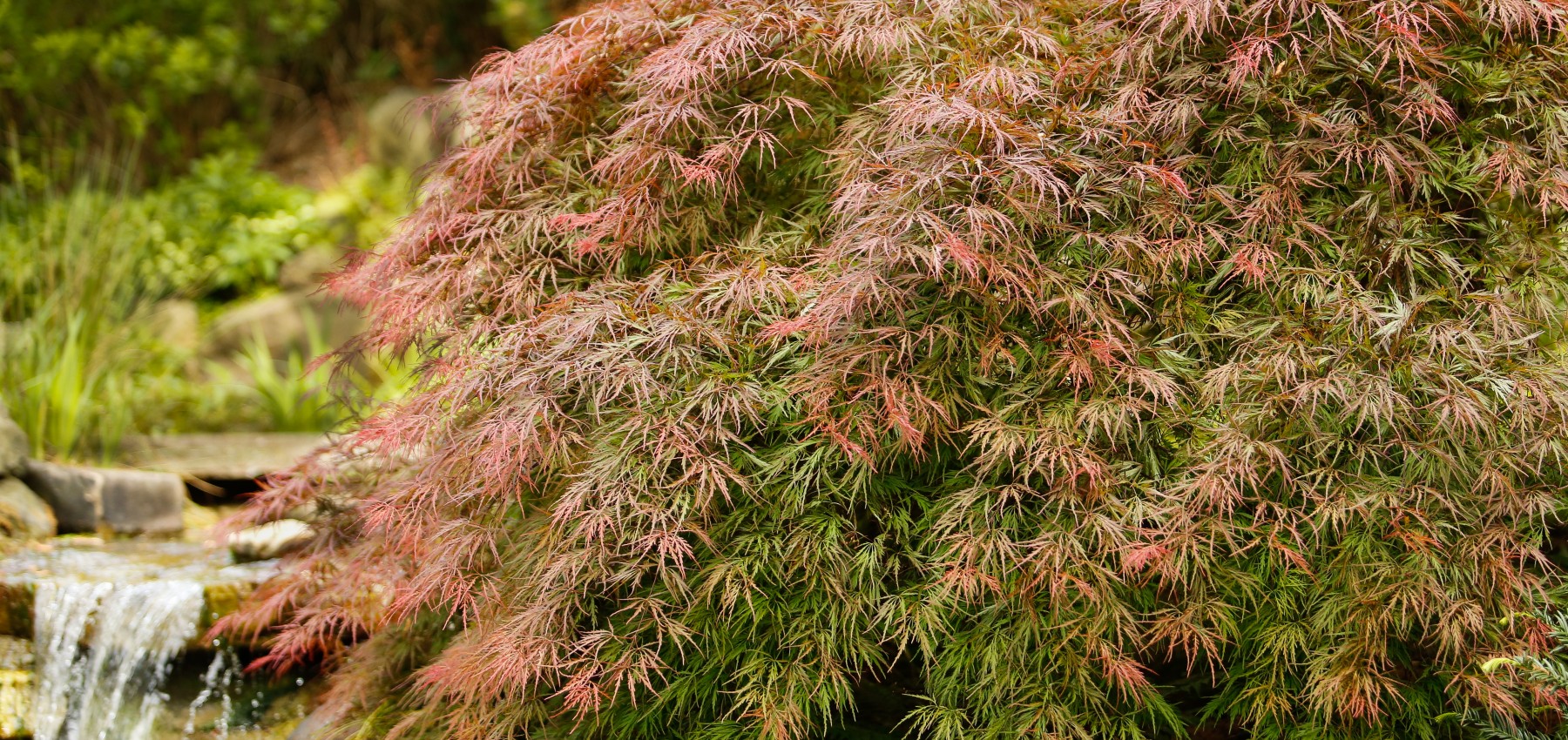Trees are everywhere. There’s some in your childhood home; some in your favorite park. When it comes to the landscape around your house, trees add depth and texture.
They also take care of us and our families in ways we don’t always realize. They reduce noise and air pollution and create oxygen through the absorption of carbon dioxide. They provide shade and reduce the temperature, keeping us cool. And to top it all off, they’re absolutely beautiful.
A lot of folks think that trees care for themselves and that they don’t need much attention. For the most part, this is true: trees require little maintenance. However, they do need regular inspection and pruning. They also occasionally need extra attention when it comes to potential damage from insects, disease and weather conditions. Regardless, with all that trees do for us, I’d say they deserve a little attention now and then!
So where do you start?
For young trees and saplings, the first five years of life in the ground are the most crucial. These are some of the things you should consider:
- Right plant, right place: Tree care starts by planting the right tree in the right place! At Plants Creative, we take this seriously with our “Right Plant, Right Place” guarantee.
- Check the depth: Make sure to check to see if your new tree is planted at the right depth. Saplings will come packaged in a root ball. This ball contains the root system of the tree, and the top 10% of the ball should be above the soil.
- Add some mulch: Mulch helps young trees retain moisture and protects the small root system as it gets established in the surrounding soil. Cover the planting hole with 1-3 inches of shredded hardwood or leaf mulch. Keep the mulch at least a foot away from the trunk, or your young tree may begin to rot!
- Water, water, water: Be sure to give the tree the water it needs — but not too much! Trees are living things just like us and they can drown in too much water. When roots are surrounded by too much water or the tree is planted too deep, it will be unable to absorb the oxygen it needs. Wait a day or two in between soaking the soil. And be sure to soak it. Deep watering prevents surface roots!
Once your trees are five years or older and have established strong root systems, it’s mostly routine maintenance that needs to happen.
- Pruning: Every couple of years, prune in the fall or the winter, allowing the tree to recover before the summer heat comes around. Pruning in spring, when the sap is flowing from the roots to the trunk and branches, robs the tree of essential nutrients. Certain trees, such as crape myrtles, require a very specific type of pruning to grow well. If you’re not sure how to best prune your tree, give us a call, we’ll be happy to talk you through it or send out a maintenance professional.
- Remove dead, damaged or crossed branches: Smart removal of the right limbs is essential for tree health. Insects and pests will capitalize on dead or damaged branches. Crossed branches will eventually grow into each other, often ending in broken branches and deterioration.
- Save the living branches: A good rule of thumb is to keep two-thirds of the living branches on the tree while pruning. Pruning too much will leave your tree disfigured. If you’re unsure if you’re pruning right, the Plants Creative team is happy to answer questions for you.
- Have it inspected: Yearly inspection is always a good idea, ideally with a certified arborist. If you need a referral, just let us know.
Hopefully, these tips will come in handy as you develop healthy trees. The Plants Creative team is always on hand to help. We can help you care for your small trees, and if you reach out, we guarantee a same-day response to any communication we receive from our customers before 12:00 p.m.



